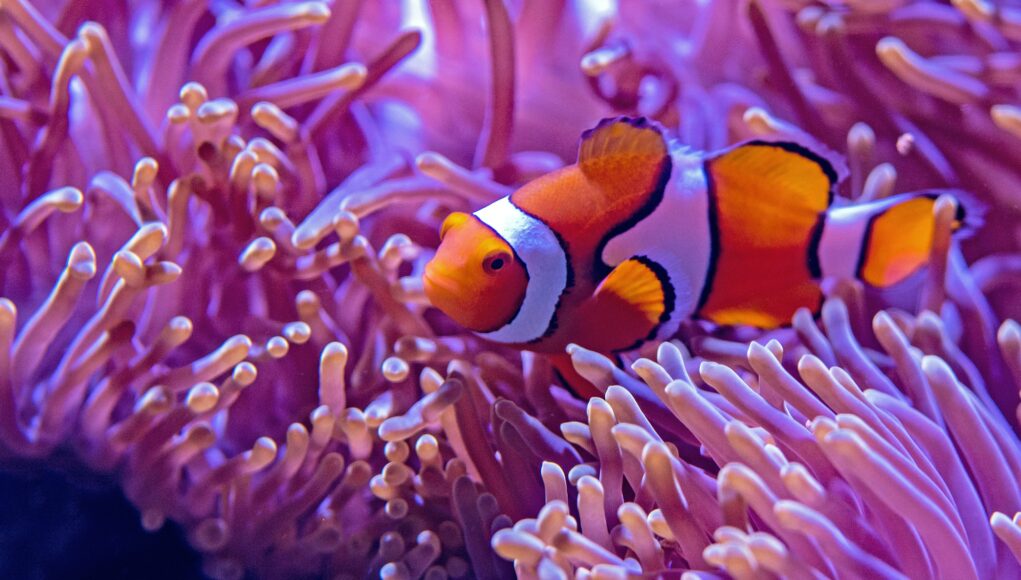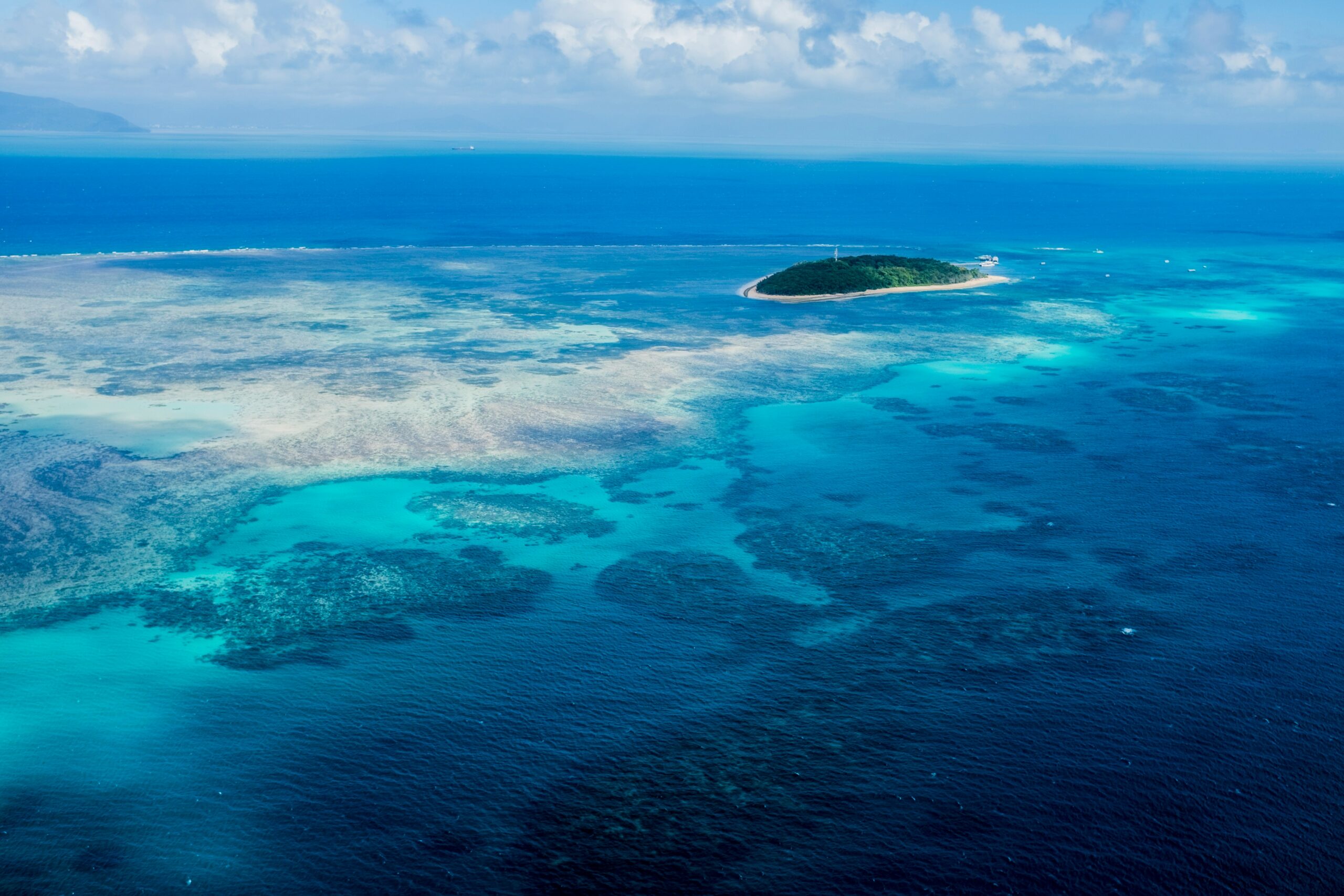 Exploring the Great Barrier Reef, Australia
Exploring the Great Barrier Reef, Australia
The Great Barrier Reef is a must-visit destination for any underwater enthusiast. Stretching over 2,300 kilometers, this UNESCO World Heritage site is home to an astonishing variety of marine life, including over 1,500 species of fish and 400 types of coral. Snorkeling and diving tours are widely available, with prices ranging from AUD 100 to AUD 300 depending on the length and inclusions of the trip. Many operators offer half-day trips that include equipment rental, lunch, and guided tours.
For those looking for a more immersive experience, liveaboard diving trips are an excellent option. These multi-day excursions allow divers to explore remote parts of the reef, often at a cost of AUD 1,200 to AUD 2,500 for a three-day trip, including accommodation and meals. The best time to visit the Great Barrier Reef is from June to November, when the weather is dry and visibility is at its peak. This seasonal information helps in planning your perfect trip.
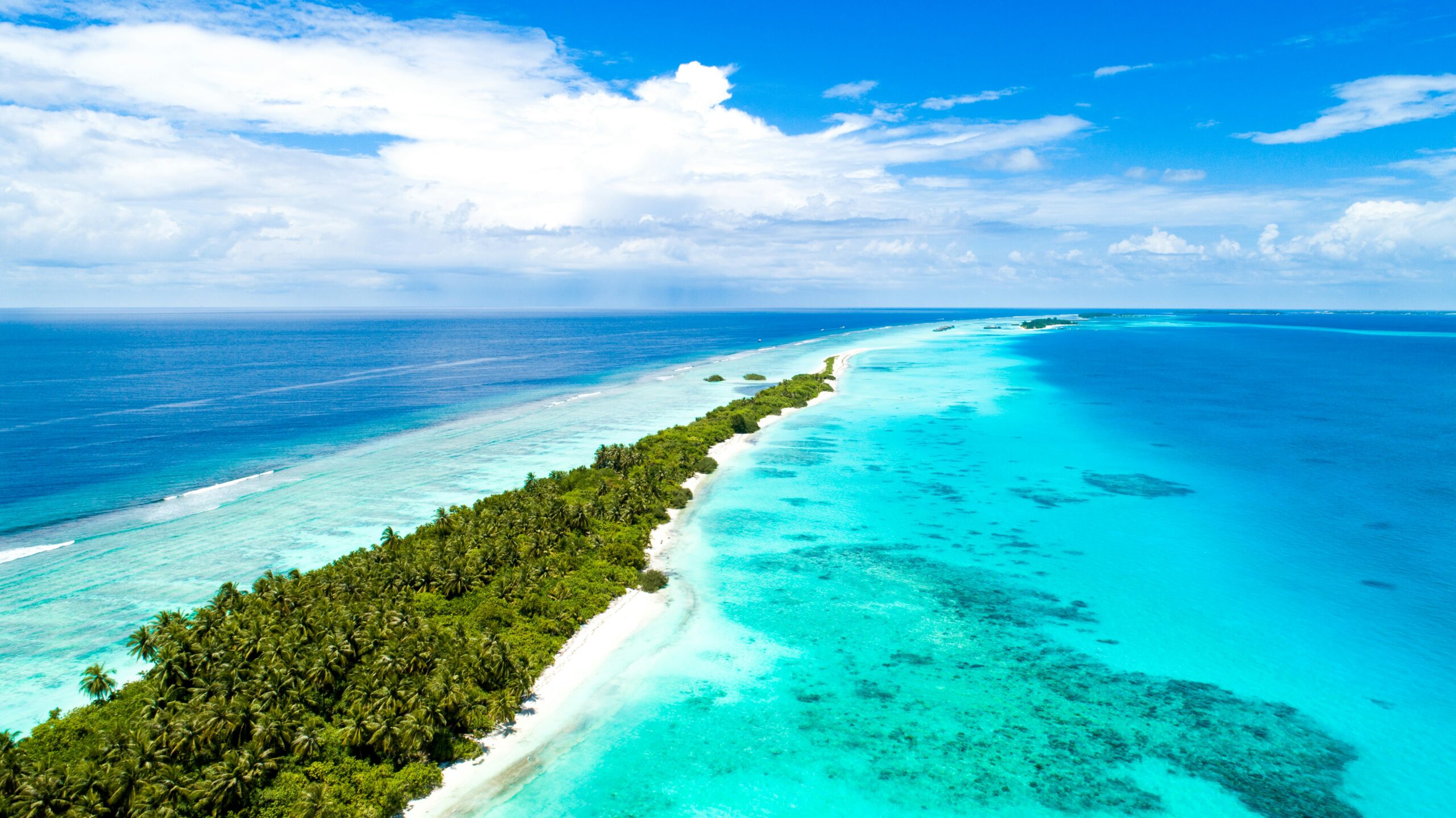 Snorkeling in the Maldives
Snorkeling in the Maldives
The Maldives is synonymous with luxury and stunning natural beauty, making it a top destination for snorkeling. With its crystal-clear lagoons and vibrant coral reefs, the Maldives offers an underwater paradise that is easily accessible from many resorts. Most resorts provide complimentary snorkeling gear, allowing guests to explore the nearby reefs at their leisure.
Day trips to popular snorkeling spots, such as Maaya Thila and Banana Reef, typically cost between USD 50 and USD 100, including equipment rental and lunch. The best time to visit the Maldives for snorkeling is from November to April, when the waters are calm and visibility is excellent. Travelers should be aware that some resorts may have a minimum stay requirement, often ranging from three to seven nights, so planning ahead is essential.
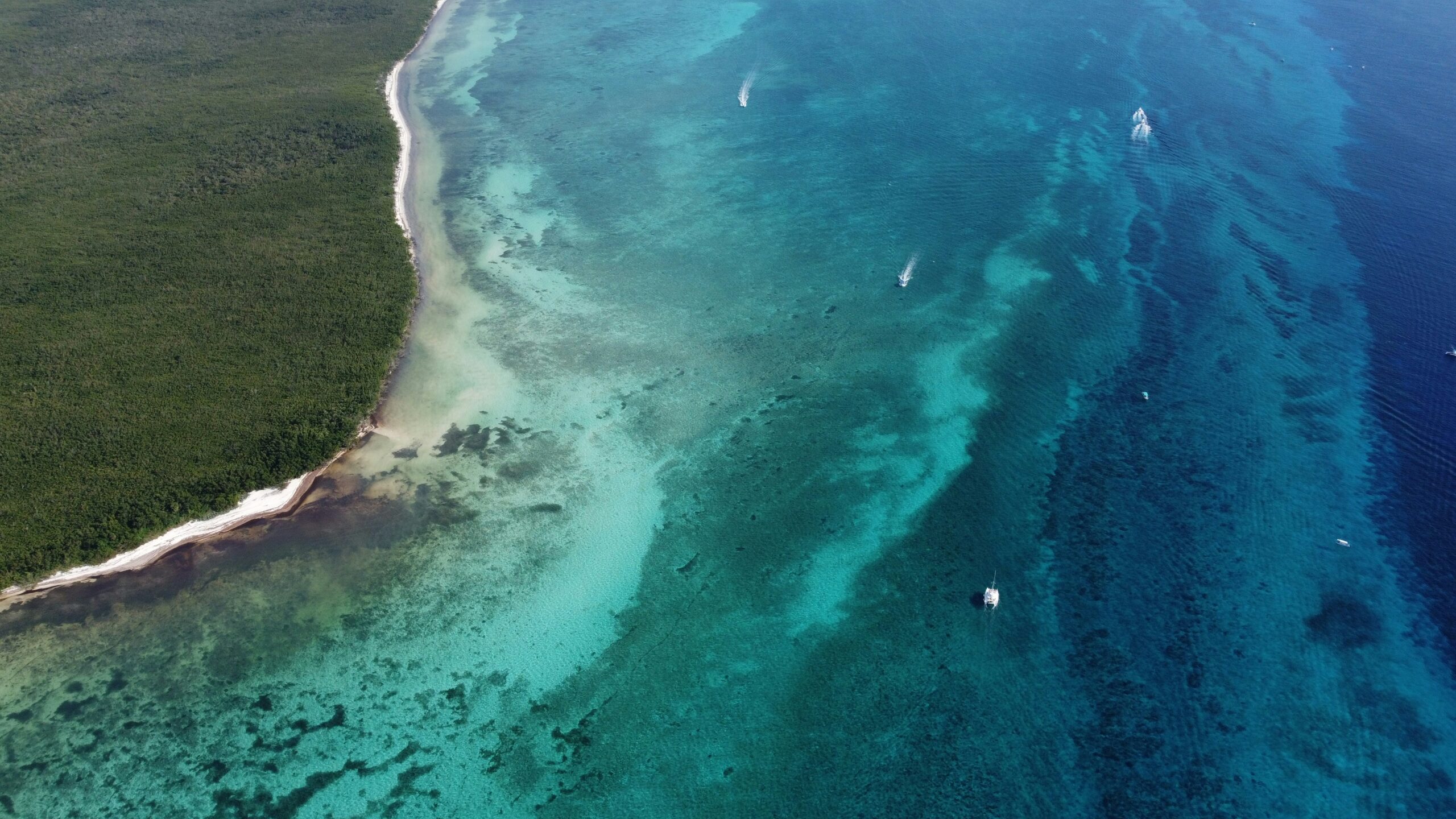 Diving in Cozumel, Mexico
Diving in Cozumel, Mexico
Cozumel is renowned for its spectacular diving opportunities, with its clear waters and abundant marine life attracting divers from around the globe. The island boasts several dive sites, including the famous Palancar Reef and Columbia Reef, where divers can encounter everything from vibrant corals to sea turtles and even the occasional nurse shark. Dive shops on the island offer packages ranging from USD 75 to USD 150 for a two-tank dive, which typically includes equipment rental and a guide.
For those new to diving, Cozumel also offers excellent certification courses, with prices starting at around USD 350 for a full Open Water Diver course. The best time to dive in Cozumel is from December to April, when the weather is dry, and the waters are calm. Be sure to book in advance during peak season, as spots can fill up quickly. By booking early, you secure your preferred diving dates.
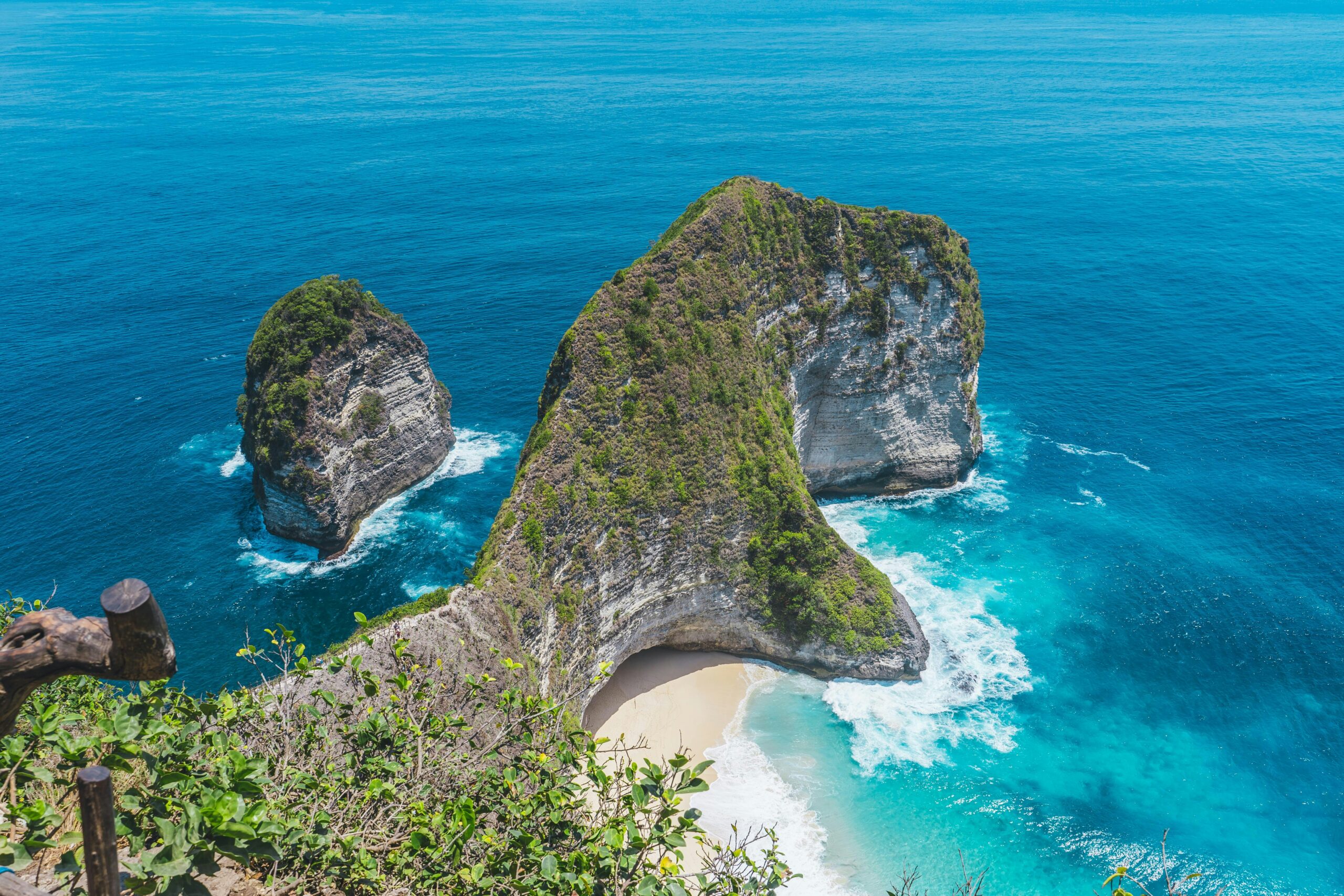 Underwater Wonders of Bali, Indonesia
Underwater Wonders of Bali, Indonesia
Bali is not only known for its stunning beaches and vibrant culture but also for its incredible underwater experiences. The island offers diverse snorkeling and diving opportunities, from the famous USS Liberty wreck in Tulamben to the vibrant reefs of Nusa Penida. Snorkeling trips typically cost between IDR 500,000 and IDR 1,000,000 (approximately USD 35 to USD 70), depending on the location and inclusions.
Diving enthusiasts can expect to pay around IDR 1,500,000 to IDR 2,500,000 (approximately USD 100 to USD 175) for a two-tank dive, including equipment rental and a guide. The best time to visit Bali for underwater adventures is from April to November, when the waters are calm and visibility is optimal. Travelers should also consider hiring a local guide to enhance their experience and ensure they visit the best sites. A local guide provides invaluable knowledge of the area.
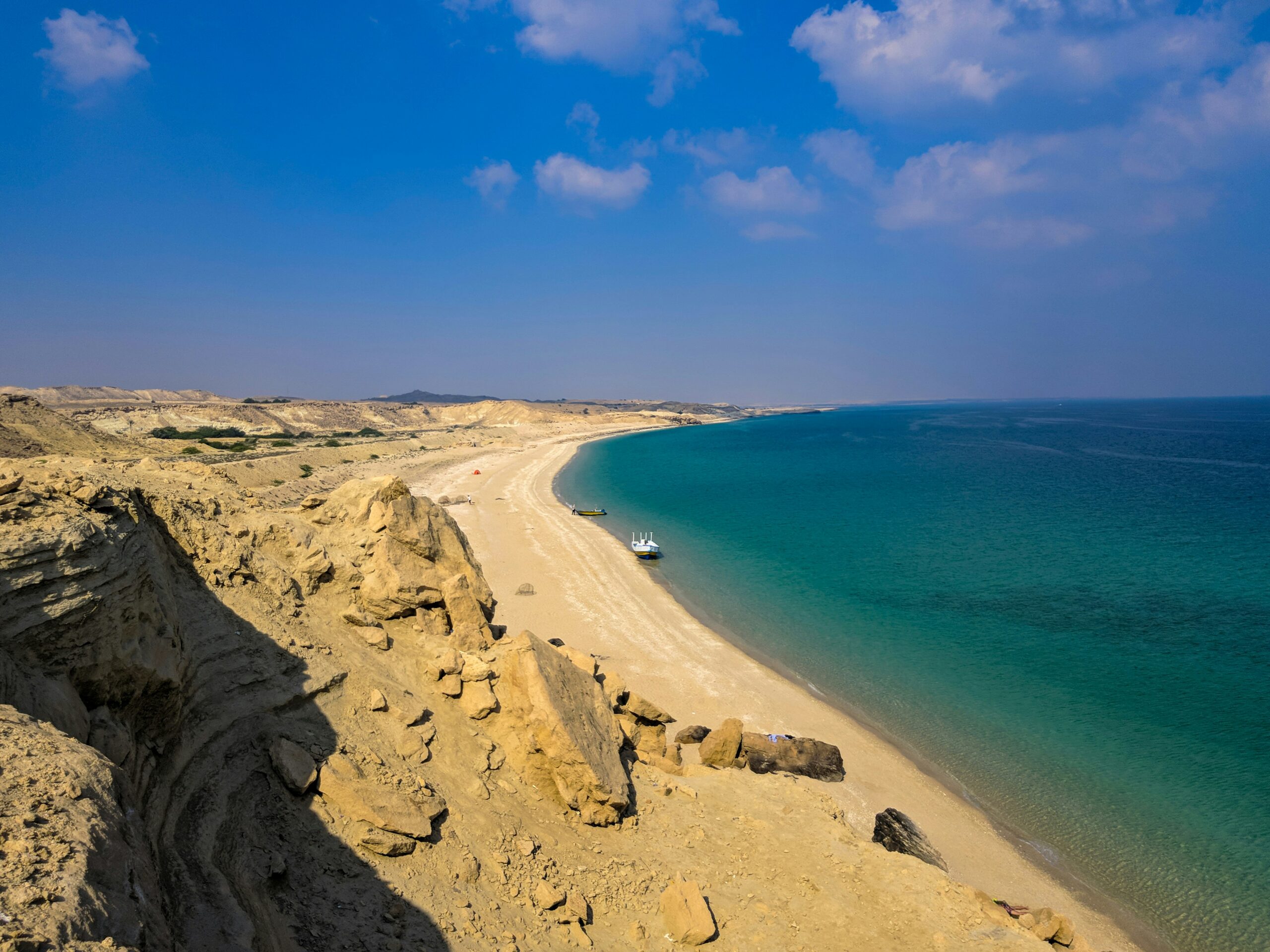 The Red Sea: A Diver’s Dream
The Red Sea: A Diver’s Dream
The Red Sea, particularly the Egyptian coast, consistently ranks among the world’s top diving destinations, drawing enthusiasts with its warm waters, exceptional visibility, and stunning coral reef ecosystems. Locations like Sharm El Sheikh, Hurghada, and Marsa Alam offer incredible access to vibrant marine life and famous wreck dives, such as the SS Thistlegorm.
The optimal time for diving and snorkeling in the Red Sea is during the spring (March to May) and autumn (September to November) shoulder seasons. During these periods, water temperatures are comfortable (around $21\text{°C}$ to $29\text{°C}$), and air temperatures are pleasantly warm without the oppressive heat of summer. Visibility often reaches $30$ meters or more, which enhances the underwater view. However, the Red Sea remains a year-round diving location, with summer offering the warmest water and winter attracting fewer tourists.
Diving costs in the Red Sea are generally competitive, offering excellent value. A two-tank boat dive package in areas like Sharm El Sheikh or Hurghada typically ranges from approximately €65 to €85 per day, which often includes a guide, tanks, and weights. Snorkeling day trips are more affordable, usually costing between €25 and €50, and often include equipment rental, lunch, and drinks. Prices for a PADI Open Water Diver course start around €350 to €400, providing an affordable entry point for new divers. Furthermore, liveaboard safaris, which allow divers to reach remote sites like the Brothers Islands or Daedalus Reef, are a popular choice for multi-day, immersive experiences.
Safety and Environmental Considerations
While exploring underwater paradises, safety should always be a priority. It is essential to choose reputable dive operators that prioritize safety and environmental sustainability. Before booking any tours, check for certifications and reviews to ensure a positive experience. Additionally, travelers should be aware of the environmental impact of their activities. Using reef-safe sunscreen, avoiding touching marine life, and following local guidelines can help protect these fragile ecosystems. Protecting the marine environment is a shared responsibility.
Travelers should also be mindful of their physical health before engaging in diving activities. A medical check-up is recommended for those with pre-existing conditions, and it is crucial to stay hydrated and avoid alcohol before dives. Lastly, always adhere to safety protocols, such as equalizing pressure and ascending slowly, to ensure a safe and enjoyable experience.










